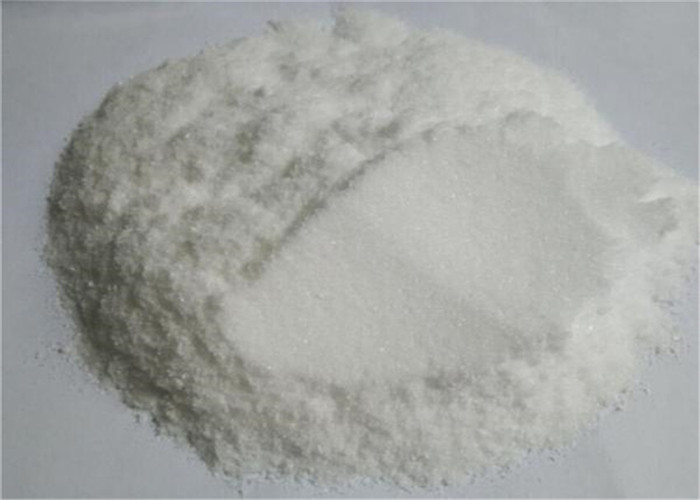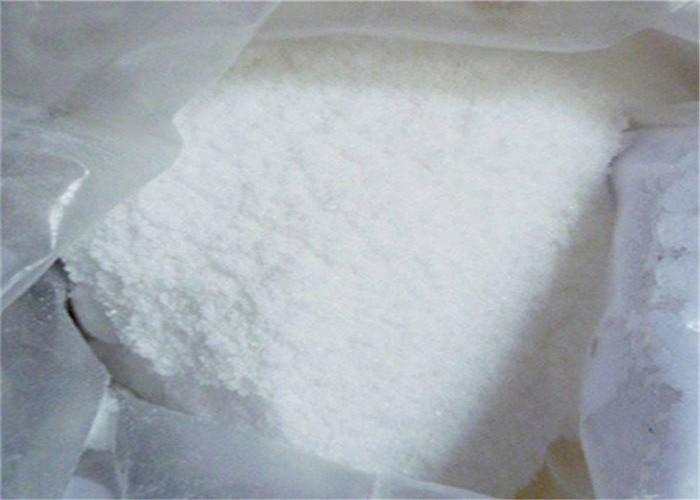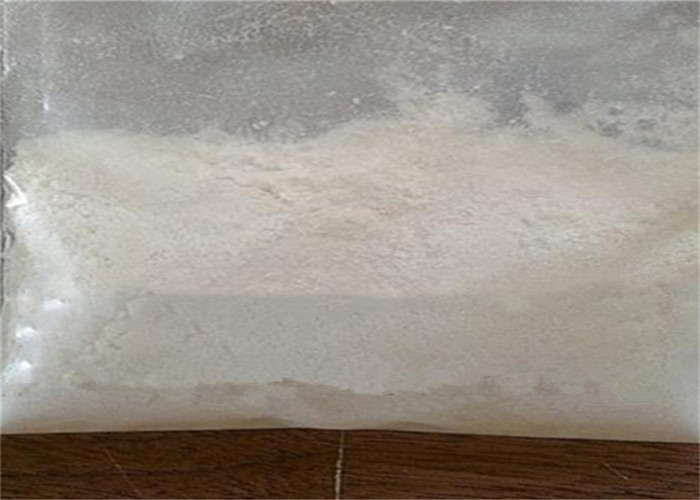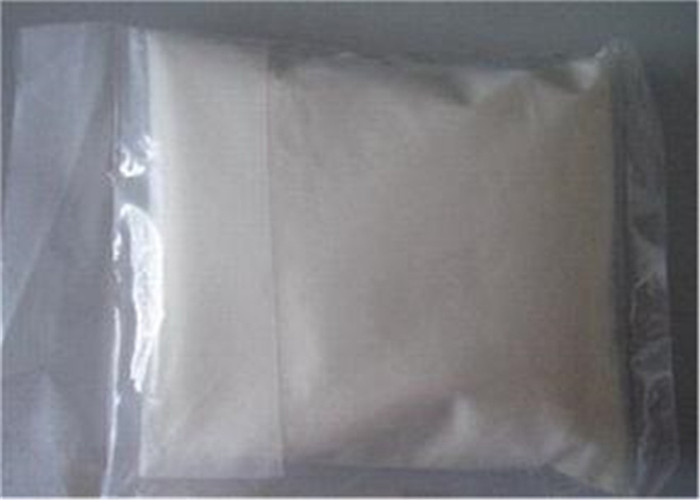D-Tartaric Acid Healthy Food Addictive Safe Pass
Basic Info
Model NO.: 147-71-7
Alias: D-Tartaric Acid
Appearance: White Crystalloid Powder
Payment Method: Western Union, Moneygram, T.T, Bitcoin
Express Way: EMS, FedEx, TNT, DHL, Hkems, UPS
Usage: Food Additives
Trademark: WHSO
Transport Package: 1kg/25kg/Package
Specification: 99%
Origin: China
HS Code: 121425246
Description:
D-tartaric acid, also known as (-)-tartarate or (-)-(s,s)-tartaric acid, belongs to sugar acids and derivatives class of compounds. Those are compounds containing a saccharide unit which bears a carboxylic acid group. D-tartaric acid is soluble (in water) and a moderately acidic compound (based on its pKa). D-tartaric acid can be found in vinegar, which makes D-tartaric acid a potential biomarker for the consumption of this food product. Tartaric acid is a white crystalline organic acid that occurs naturally in many plants, most notably in grapes. Its salt, potassium bitartrate, commonly known as cream of tartar, develops naturally in the process of winemaking. It is commonly mixed with sodium bicarbonate and is sold as baking powder used as a leavening agent in food preparation. The acid itself is added to foods as an antioxidant and to impart its distinctive sour taste (Wikipedia). D-Tartaric acid is found in loquat. D-Tartaric acid is found combined as Chicoric acid and it is an unnatural tartaric acid isomer.
Physiological Functions
Mainly used as acidity regulations, biochemical reagent, resolving agent on racemic and pharmaceutical resolving agent in beverage, sugar, bread and gelatin. Also used in photography, canning, printing and dyeing, ceramics, resolving agent on manufacturing, salts and so on.
Application
– As acidifier and natural preservative for marmalades, ice cream, jellies, juices, preserves, and beverages.
– As effervescent for carbonated water.
– As emulsifier and preservative in the bread-making industry and in the preparation of candies and sweets.
Oenology: Used as an acidifier. Used in musts and wines to prepare wines that are more balanced from the point of view of taste, the result being an increase in their degree of acidity and a decrease in their pH content.
Pharmaceuticals Industry : Used as an excipient for the preparation of effervescent tablets.
Ponstruction Industry : Used in cement, plaster, and plaster of Paris to retard drying and facilitate the handling of these materials.
Cosmetics Industry :Used as a basic component of many natural body crèmes.













 Sales Manager
Sales Manager